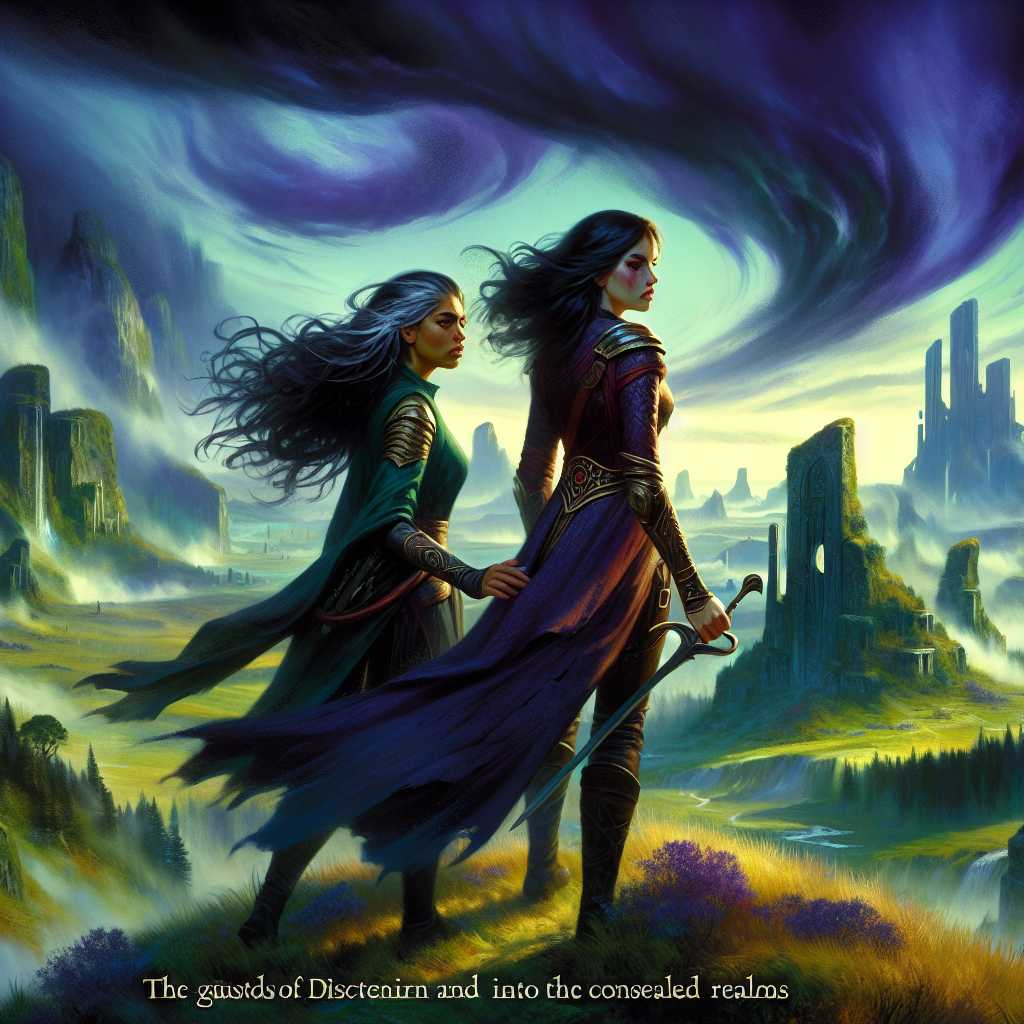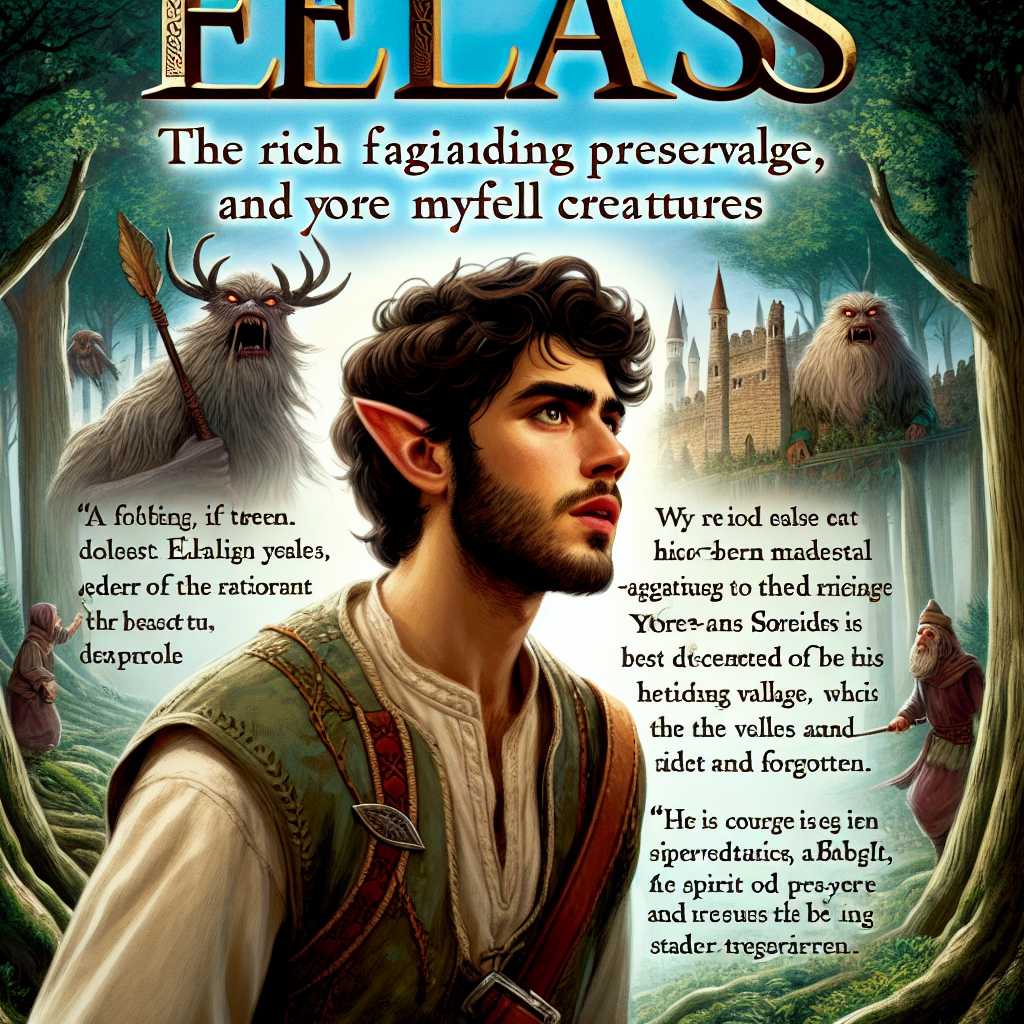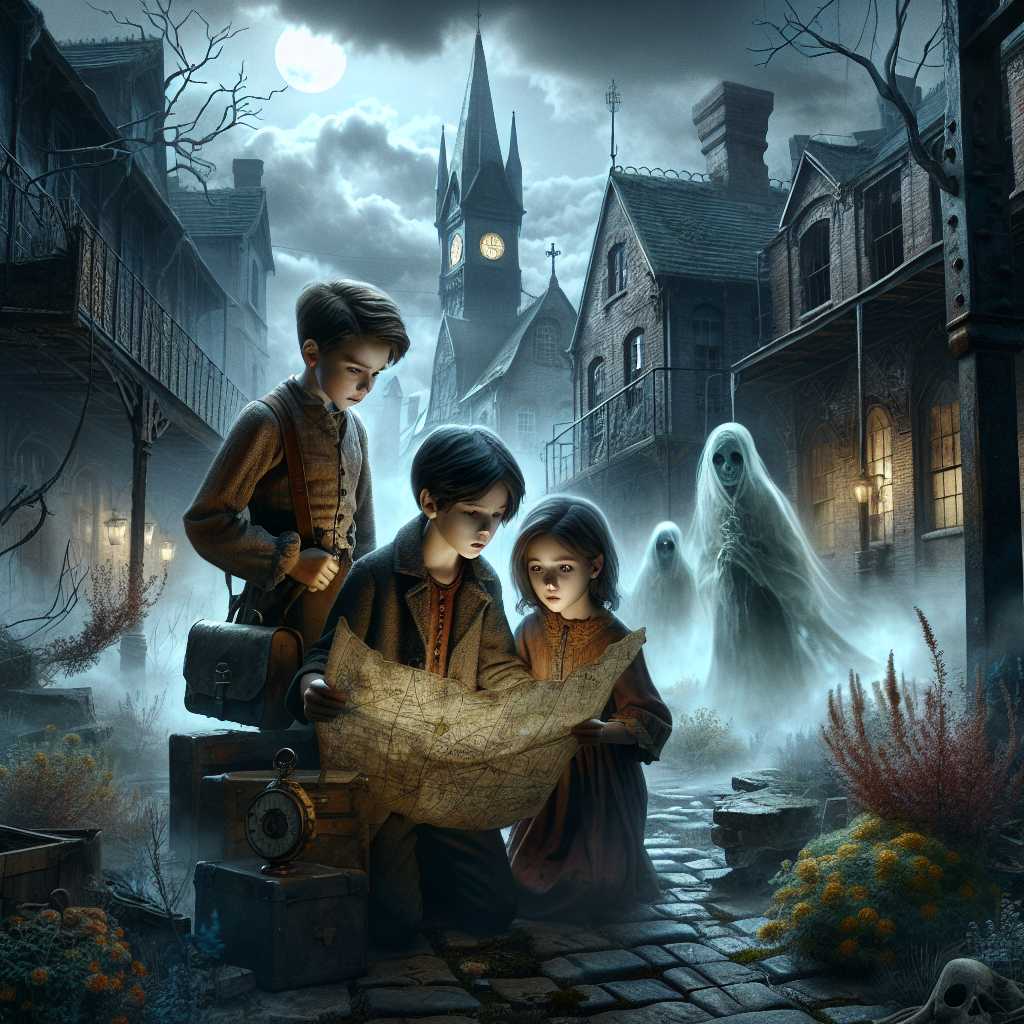
Once upon a time in a quaint village nestled between rolling hills and sprawling meadows, there was an old cobblestone street that turned like a river through the heart of the town. Houses of timber and stone, covered in ivy and the scent of woodsmoke, stood silently as if they were keeping stories of lives long past. In one of these houses lived Emily Whittaker, a woman known for her beauty, but haunted by a deep, unspoken sorrow.
Emily had been married to Thomas Whittaker, the village's blacksmith, a man strong of arm and gentle of heart. Their love story was the stuff of legends, whispered by the elders and recounted by those who had seen it unfold. They were inseparable, their worlds intertwined so closely that you couldn’t speak of one without thinking of the other.
But one stormy night, under the flickering glow of lantern light, Thomas left to answer an urgent call. An accident had occurred in the fields, someone needed urgent help, and Thomas—reliable and steadfast—did not hesitate. The storm raged fiercely that night, shaking the windows and rattling the wooden beams of their home as Emily waited with a heart heavier than any anvil Thomas had ever forged. Hours passed, stretching into an eternity, but the knock on the door that Emily longed for never came.
The next day, Thomas's lifeless body was found by the villagers, covered in mud and bruises, his eyes closed forever. Rumors circulated for weeks about how he had died—a slip, a fall, struck by a rogue branch. No one knew for sure, but Emily knew only one thing: her Thomas was gone.
**Grief** has a way of building walls around hearts, impenetrable and isolating. Emily seldom spoke thereafter; her voice a mere whisper of what it once had been. She continued her life, shrouded in a veil of melancholic silence, her days spent tending her garden and visiting the grave where roses seemed to bloom year-round.
In the years that followed, a young man named Paul—an artist by nature—arrived in the village. Paul was captivated by the rustic charm of the place but it was Emily’s haunting beauty that truly ensnared him. There was something about her quiet dignity, the way she moved with a grace born out of a deep well of sadness, that Paul found impossible to ignore. Intrigued and moved by her story, Paul began to sketch her, first from a distance and later, with her hesitant permission, up close.
“Why, of all the things in this beautiful village, do you choose to draw me?” Emily asked one day, curiosity tinged with a trace of sorrow.
“Because,” Paul replied softly, “I find that true beauty lies not in joy alone, but in the depths of sorrow too. And you, Miss Emily, embody that blend so perfectly.”
Days turned into weeks, and in their quiet conversations, the walls around Emily’s heart began to show cracks. Paul’s sketches captured moments long gone, memories that Emily had locked away: the way she smiled, the light in her eyes, the happiness she thought she had lost forever. It was as if Paul was reaching into her soul and drawing out fragments of herself she had forgotten.
“Paul, do you believe in second chances?” she asked one brisk autumn afternoon as they sat by Thomas’s grave, the leaves falling like tears around them.
“I do, Emily,” Paul said earnestly. “I believe life gives us second chances, but it’s our choice whether or not we take them. Sometimes, the hardest part is forgiving ourselves for the past and allowing the present to be different.”
Emily’s eyes filled with tears, but they were warm, cleansing tears—the kind of tears that nourish dormant seeds of hope. In the days that followed, the two became inseparable. Paul brought laughter back into Emily’s life; he taught her to see the world, and herself, through the eyes of an artist. He painted not only her portrait but also scenes of everyday life that began to include her once more—her tending the garden, laughing at a joke, finding joy in small, simple things.
The villagers began to notice the change. Emily’s laughter, which had been silent for years, started to echo through the streets. It was tentative at first, like a bird testing its wings, but it grew stronger with each passing day. The roses in her garden bloomed brighter, and the air around their little house seemed lighter, warmer.
One day, Paul knew it was time to make the ultimate gesture. He had been crafting a special piece of art, a mosaic made from shards of colored glass and pieces of Emily’s past—a sentimental journey through her life, reflecting both joy and sorrow. It was unveiled in the middle of the town square, capturing the essence of Emily’s journey from heartbreak to healing.
“To Emily,” Paul announced, his voice filled with emotion, “whose love and loss have touched us all. May her story remind us that even in the darkest times, there is light, and in that light, there is hope.”
The crowd applauded, tears mingling with smiles on the faces of villagers who had known Emily as a symbol of sorrow. Now, they saw her as a beacon of resilience and transformation. Emily herself stood there, tears in her eyes but a radiant smile on her face, finally understanding that her life had come full circle.
Emily and Paul’s bond grew stronger with time. They weren’t the kind of love story that overshadowed Emily’s past love for Thomas, but rather one that complemented it. Emily realized that life was a tapestry woven with both threads of sorrow and joy, and it was complete only when she accepted them all.
As seasons changed and years passed, Emily and Paul lived a life filled with rich, vibrant colors. Their journey together became a story of renewal, reminding everyone that out of the darkest nights can emerge the brightest dawns. Their story was, in itself, a beautiful mosaic, treasured by the village and passed down through generations—a testament to the enduring power of love, healing, and second chances.










